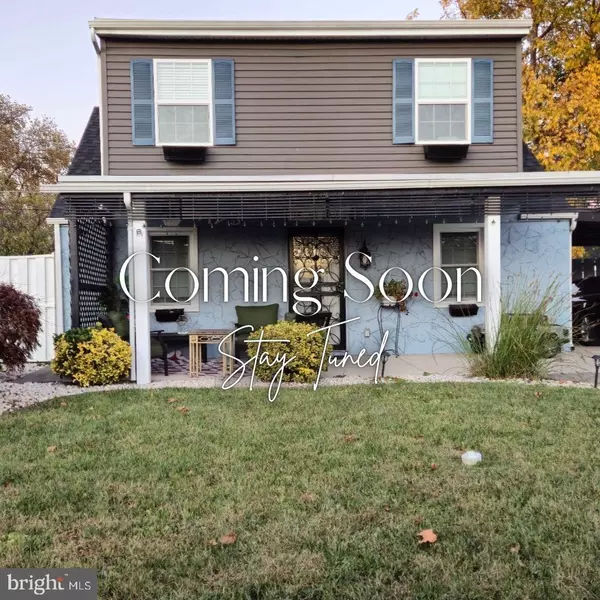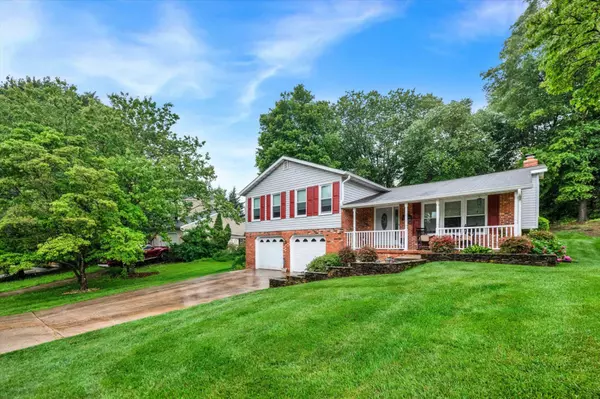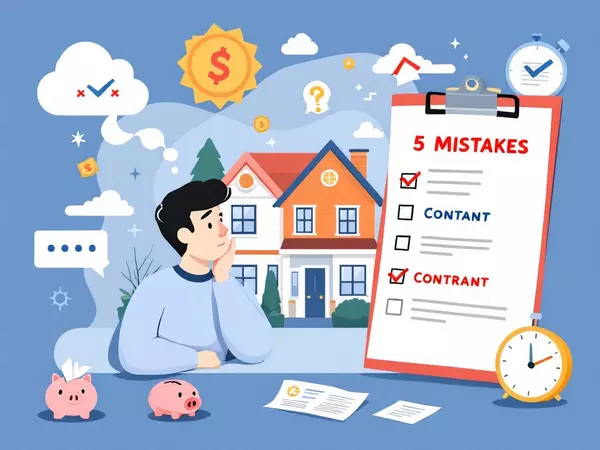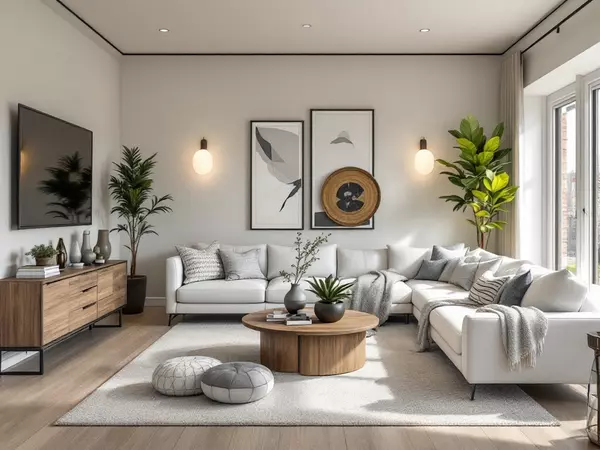
Essential Property Investment Tips for Maryland Real Estate: Part 2 - Advanced Strategies & Property Management
Following our first guide on getting started with property investment, this second installment delves deeper into advanced strategies and effective property management techniques. As a seasoned real estate professional in Maryland, I've learned that long-term success in property investment relies h

Essential Property Investment Tips for Maryland Real Estate: Part 1 - Getting Started
As we navigate the dynamic Maryland real estate market in 2024, many investors are seeking reliable strategies to build their property portfolios. With over 14 years of experience in the local market, I've learned that successful real estate investment isn't just about buying properties – it's abou

Your Dream Home Awaits: A Tranquil Retreat at 7723 Meath Rd, Dundalk, MD
If you’re searching for a home that combines comfort, style, and the allure of peaceful living, look no further than 7723 Meath Rd in Dundalk, MD. Priced at $425,000, this property is more than just a house; it’s a serene retreat nestled near the water, promising an idyllic lifestyle for its future
Recent Posts











